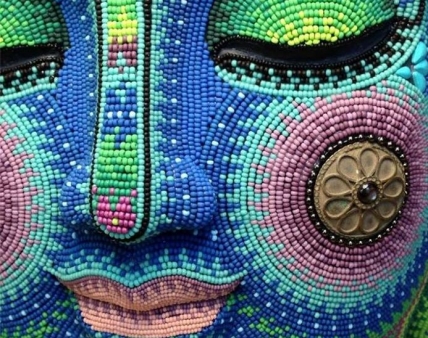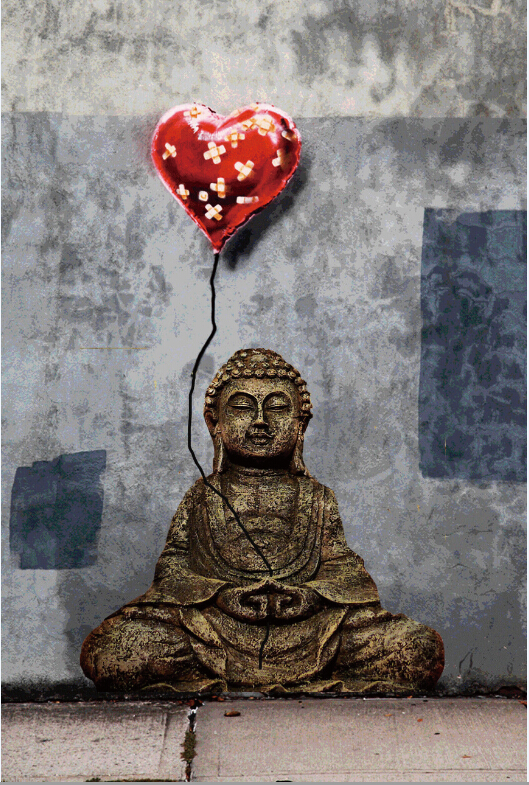Smiling At Fear
Conscious Lifestyle
Conscious Lifestyle

"When you are frightened by something, you have to relate with fear, explore why you are frightened, and develop some sense of conviction. You can actually look at fear. Then fear ceases to be the dominant situation that is going to defeat you. Fear can be conquered. You can be free from fear, if you realize that fear is not the ogre. You can step on fear, and therefore you can attain what is known as fearlessness. But that requires that, when you see fear, you smile."
Chogyam Trungpa Rinpoche (1939-1987)
If you follow the work of Pema Chodron, the American Tibetan Buddhist nun you have most likely heard of her spiritual guru Chogyam Trungpa. Trungpa Rinpoche was the 11th descendent in the line of Trungpa tulkus, key leaders in the Kagyü lineage, one of the four main schools of Tibetan Buddhism. Chogyam Trungpa Rinpoche played a vital role in the ‘rimay’ or non-sectarian’ crusade within Tibetan Buddhism-vying to free the teachings of various schools from opposition. Thus, Chogyam Trungpa was a key player in the dissemination of Tibetan Buddhism to the West and also founded Vajradhatu and Naropa University and creating the Shambhala Training method.
In his work “Smile At Fear’ in which Pema Chodron wrote the forward, the zen master discusses the persistence of fear in limiting our potential and overall contentedness. Moreover he highlights the importance in acknowledging that ‘most of us suffer from a far more pervasive fearfulness: fear of ourselves.’ Fear is ever present and ominous in our daily lives. Whether it is basic day-to-day survival modes of life (how am I going to pay my rent this month) to the pervasiveness of global terror being hurled at us by media outlets. Fear can seem almost inevitable and ominous while creating internal anxiety that can debilitate us.

Yet the fear of ourselves-the inability to truly self-observe and self-reflect-this is what keeps one stuck in patterns of negative habituations that are limit one’s ability to live a fulfilling life. You must focus on developing patterns that will aid you in disallowing external fears to impact your mental state. It is time that you find the innate courage, faith, belief and joy that resides within your core being (soul) and has lived within you from your inception. You must become what Shambala teachings describe as a spiritual warrior: ‘a person who faces each moment of life with openness and fearlessness.’
“The ultimate definition of bravery is not being afraid of who you are,” wrote Chogyam Trungpa.
Step one in this process is to acknowledge your true self. To sincerely and genuinely meet your core being and accept and love yourself with authenticity and compassion.
As Pema Chodron posits:
“Genuineness, tenderness, developing strength, unconditional friendship with the totality of one’s experience, and the genuine heart of sadness are the basis for developing the true strength of nonviolent warriorship”.
